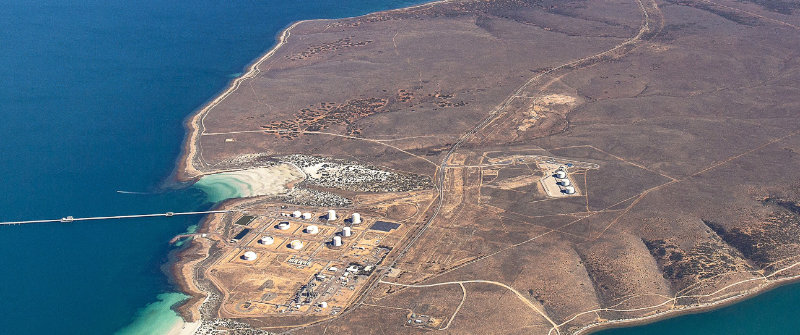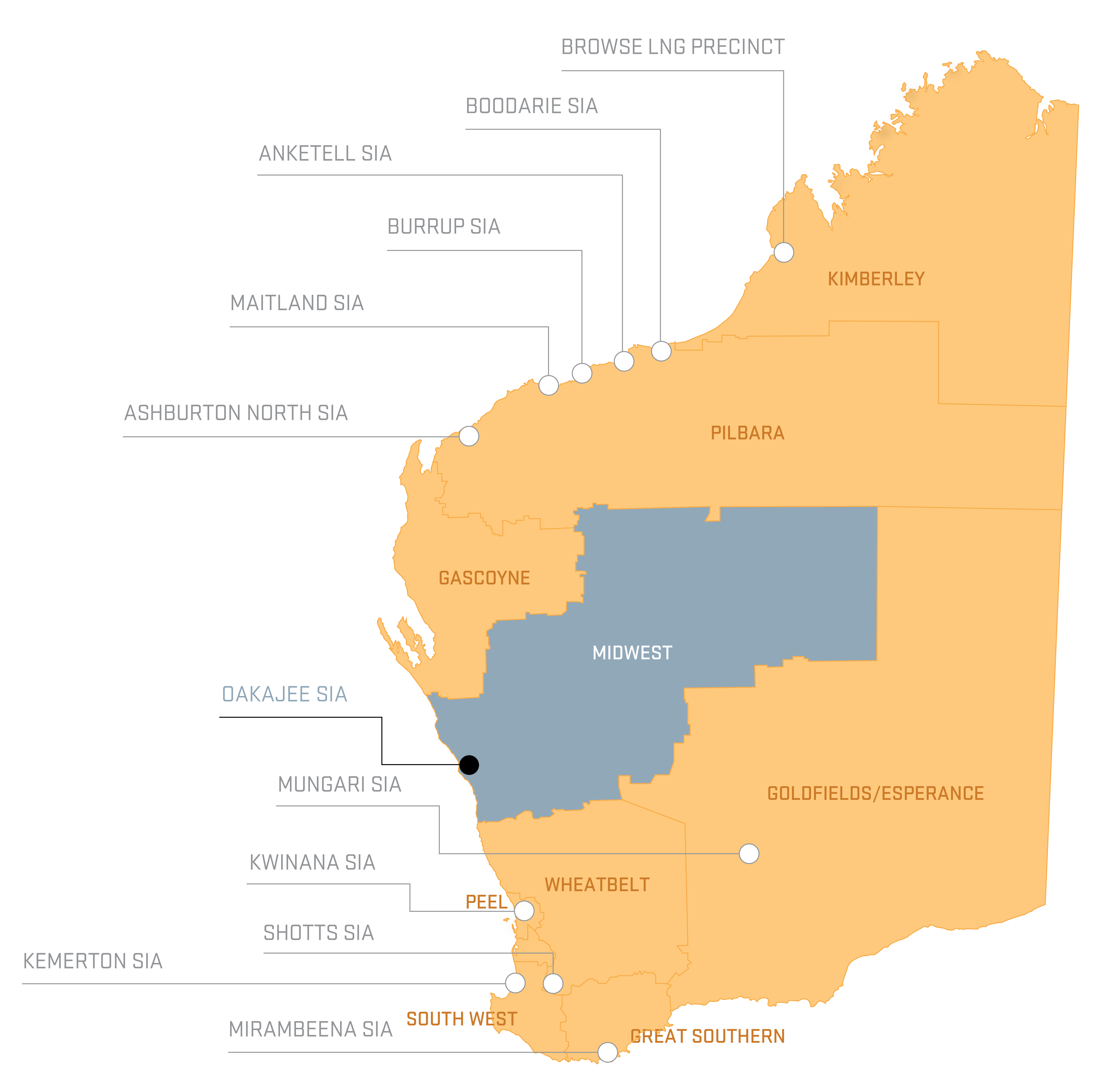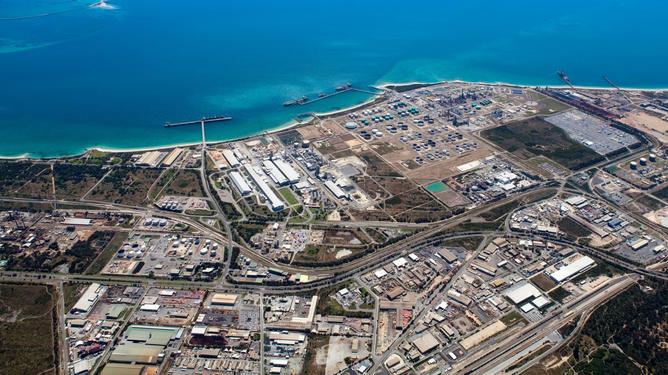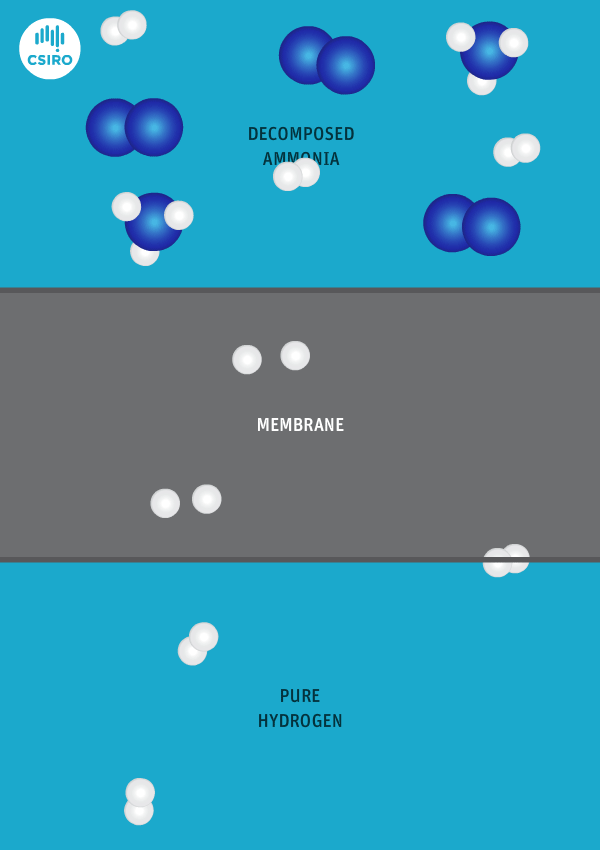
A new strategy roadmap launched alongside the recent AEA APAC conference envisions Port Hedland in the Pilbara region as a major clean fuel bunkering hub. In news from roadmap partners, Oceania Maritime Energy and SeaTech Solutions have received approval in principle for their ammonia bunkering vessel design (also at the APAC conference), and BHP has signed time charter contracts for two ammonia dual fuel Newcastlemax bulk carriers to carry iron ore to northeast Asia.









